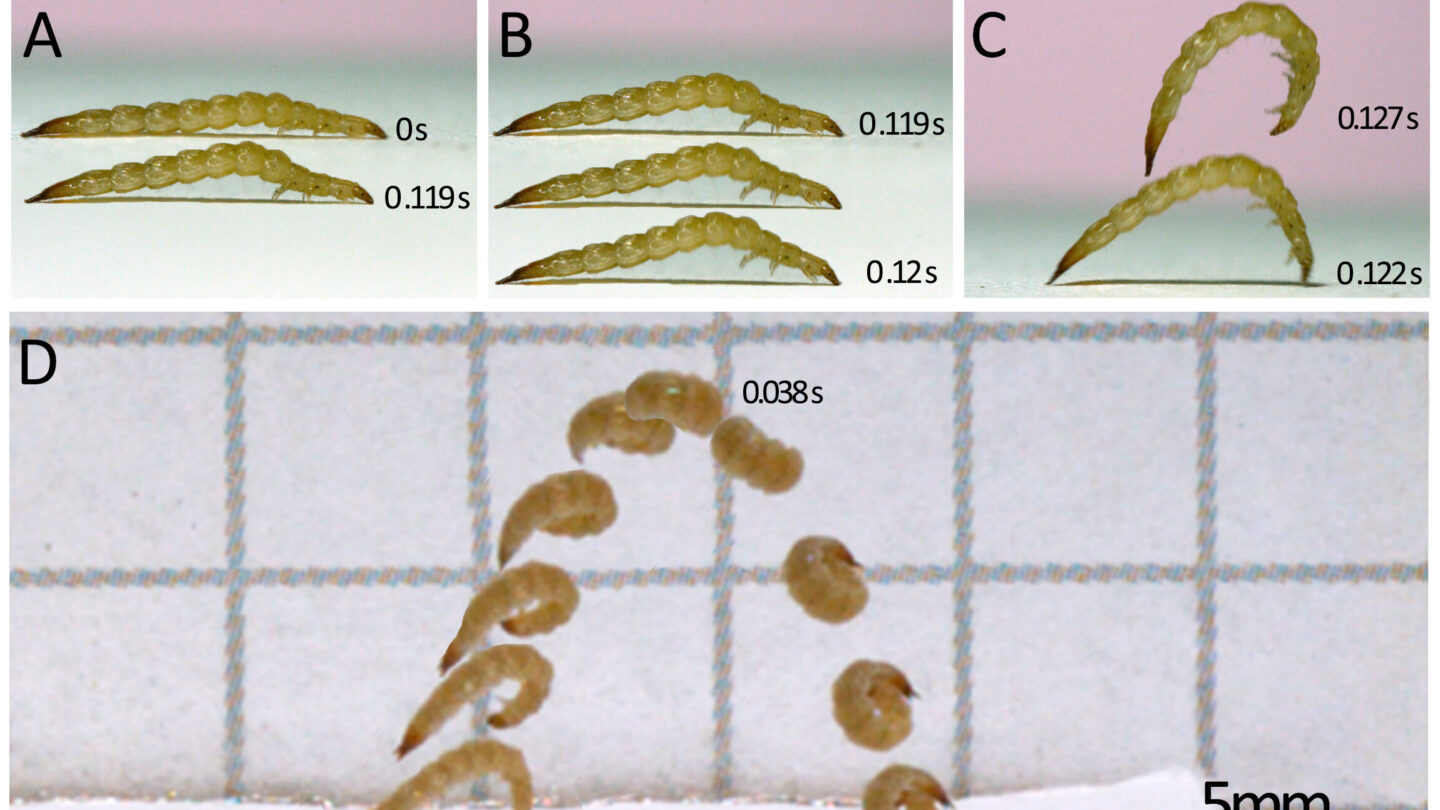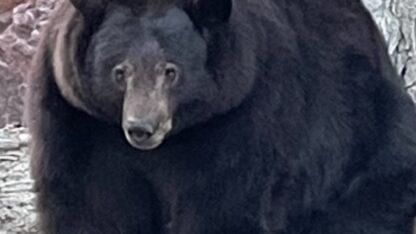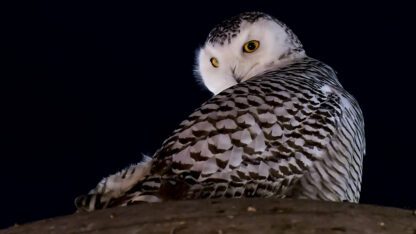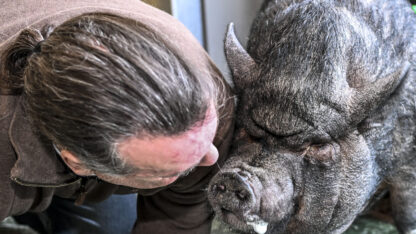There’s a new move in gymnastics unlike any that’s come before.
“The thing that’s amazing about this jump, it’s taking off from a push-up position. It basically goes from playing dead to launching itself like Simone Biles,” said Jessica O’Beirne, host of GymCastic: the Gymnastics Podcast.
The athlete in question is not a traditional competitor. It’s the larva of a bark beetle — about a quarter of an inch long — that lives in dead or dying trees.
“This larva is going to get a little bit of deduction for rotating off center in the twists and also for just falling over when it lands,” O’Beirne said. “But I would probably give it like a 9 or 9.1. Also, its difficulty score is going to be huge. I mean, it’s going to rival Simone’s Yurchenko double pike vault in the difficulty area, so it’s doing really well.”
Researchers recently discovered the new jumping behavior somewhat serendipitously.
Matt Bertone, an entomologist who wrote a paper on the find and directs North Carolina State University’s Plant Disease and Insect Clinic, spotted a rotting oak tree on campus.
“So, I started going up there and just kind of taking the bark off, collecting all the insects that were there,” Bertone said. “I noticed they would crawl for a distance and then would hop. And it was really strange, and I didn’t know if I was seeing things or not.”
Bertone called up his colleague, Adrian Smith, head of the Evolutionary Biology & Behavior Lab at the North Carolina Museum of Natural Sciences, and asked if he wanted to film something weird.
“He knows that my answer is always going to be yes,” Smith said.
The two used high-speed video to capture this spectacular somersaulting jump.
Larvae have little to no muscle and cannot jump like humans. Instead, they grip the ground with their legs and then arch the middle of their bodies into the air. That builds up energy.
“It’s kind of like a mousetrap,” Smith explained. “You build it by pulling back the swinging arm and loading your energy into the spring. And then you set up the latch that, when it’s triggered, releases all that stored energy.”
When the larvae let go, all that stored energy sends them spinning into the air — with takeoff velocities of up to two miles per hour.
“They kind of do a little somersault and then land on the ground and start walking again,” Bertone said.
The longest jumps were just shy of an inch in length. The scientists give a play-by-play of the previously unrecorded move in the journal PLOS One.
As for why the larvae do this, besides to inspire Biles’ next feat? One idea is they jump to evade predators because it’s faster and takes less energy than crawling.
O’Beirne, the host of the gymnastics podcast, says whatever the reason, the larva still need to work on sticking the landing.
“It’s for sure making the podium,” quipped O’Beirne. “Although it might be like it’s getting to finals and everyone’s super impressed and then it just rolls off the ground into the judges and that’s not going to help it.”
Copyright 2022 NPR. To see more, visit https://www.npr.org.9(MDAxODM0MDY4MDEyMTY4NDA3MzI3YjkzMw004))

9(MDAxODM0MDY4MDEyMTY4NDA3MzI3YjkzMw004))









